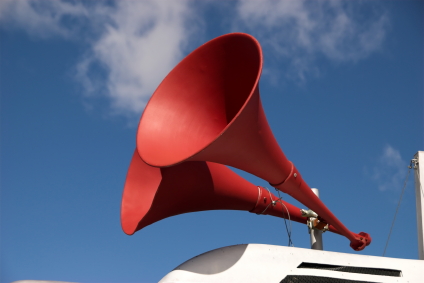N
E
X
T
Sign up to gain access to thousands of marketing resources! Don't worry ... It's FREE!

Christian Gulliksen is a writer who has authored several of the Get to the Po!nt newsletters for MarketingProfs. A former editor at Robb Report, he has also contributed to Worth, Variety, and The Hollywood Reporter.












![Why You Should Still Use Email Marketing in 2025 [Infographic]](https://i.marketingprofs.com/assets/images/articles/lg/250902-infographic-lg.jpg)





![B2B Email Marketing Stats You Need to Know for 2025 [Infographic]](https://i.marketingprofs.com/assets/images/articles/lg/250327-infographic-lg.jpg)




